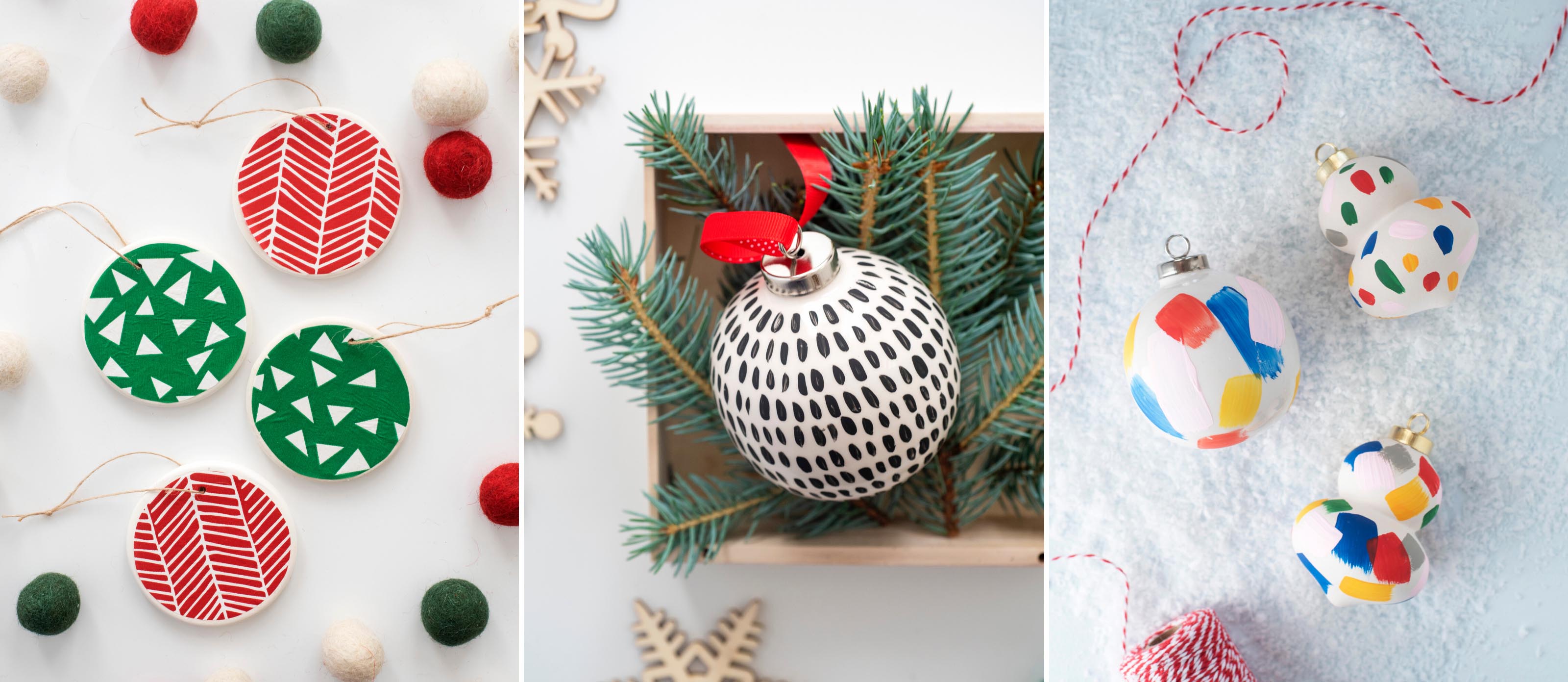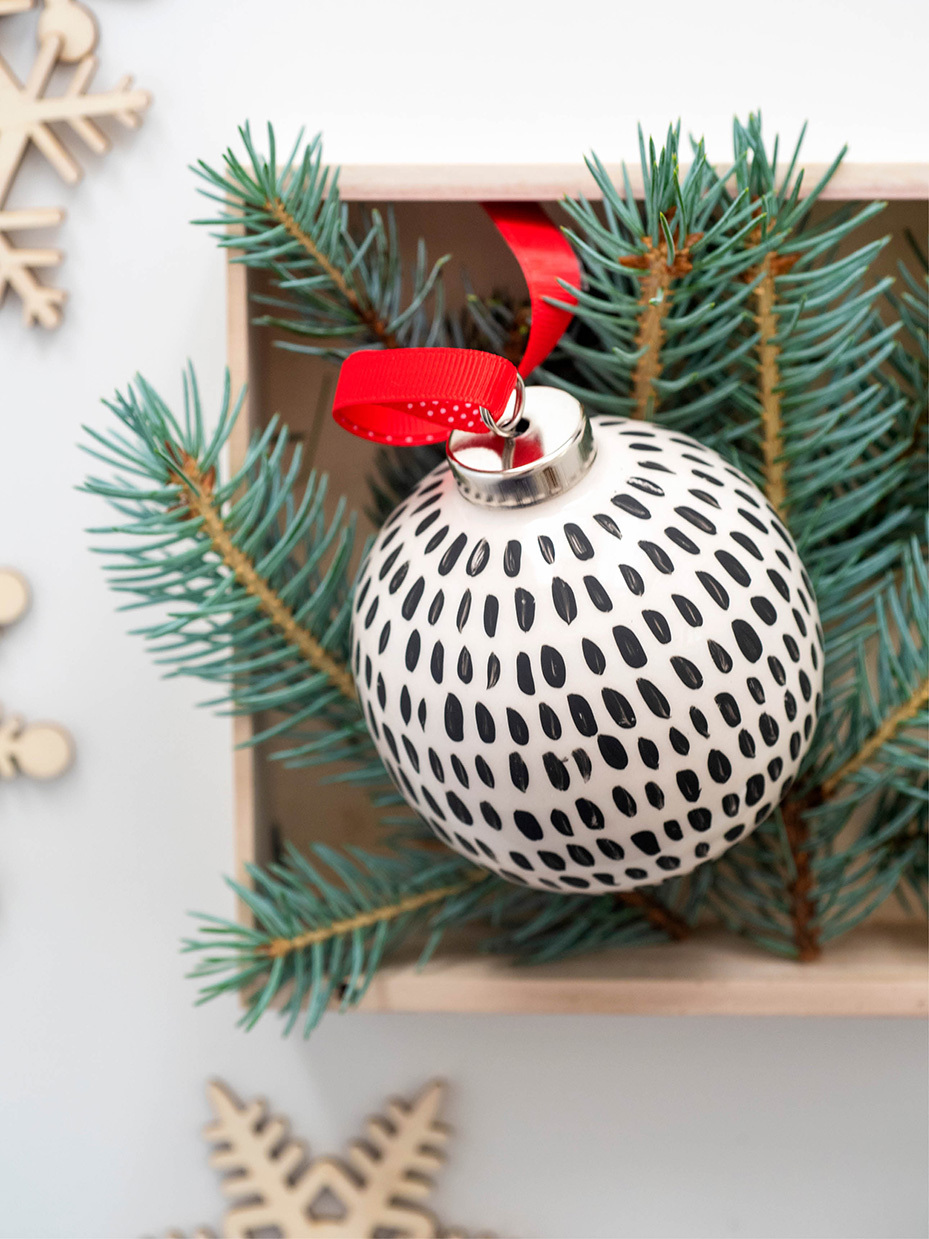The holiday season is a magical time filled with lights, joy, and creativity. One of my favorite traditions is painting ceramic Christmas decorations. Not only does it add a personal touch to your home, but it also serves as a wonderful activity to share with family and friends. In this article, we will explore various ceramic decorations you can paint, tips for getting started, and how to create beautiful, unique pieces that will be cherished for years to come.
What Are Ceramic Christmas Decorations?
Ceramic Christmas decorations are items made of ceramic material that can be painted and customized to reflect your personal style. These decorations can range from ornaments, figurines, and candle holders to nativity scenes and holiday-themed dishes. The beauty of ceramic is that it’s versatile, durable, and provides a wonderful canvas for your creativity.
Benefits of Painting Ceramic Decorations
- Personalization: You can create unique designs that reflect your style and the holiday spirit.
- Family Bonding: Painting can be a fun family activity, creating lasting memories.
- Therapeutic Hobby: Engaging in creative activities can reduce stress and encourage mindfulness.
Types of Ceramic Christmas Decorations to Paint
With countless options available, here are some popular types of ceramic Christmas decorations that you can paint:
1. Ornaments
Hand-painted ornaments can transform your tree into a personalized masterpiece. Consider using shapes like stars, snowflakes, or traditional baubles.
2. Figurines
Ceramic figurines like Santa Claus, reindeer, and snowmen make delightful decorations that capture the essence of Christmas.
3. Nativity Scenes
Creating your own nativity scene allows you to express your faith creatively. Each piece can be painted to reflect your style.

4. Candle Holders
Hand-painted candle holders add warmth and ambiance to your holiday gatherings. Choose festive colors and designs.
5. Holiday Plates
Consider decorating ceramic plates with holiday designs. They can serve as functional art pieces for holiday gatherings.

Getting Started: Materials You’ll Need
Before diving into your ceramic painting project, gather the necessary materials:
- Ceramic pieces (available at craft stores)
- Non-toxic ceramic paints
- Paintbrushes (various sizes)
- Pencil for sketching your designs
- Palette for mixing colors
- Sealant for finishing (optional)
- Protective coverings for your workspace
Step-by-Step Guide to Painting Ceramic Christmas Decorations
Step 1: Choose Your Design
Before you start painting, take some time to decide on a design. You can find inspiration online, in holiday books, or even create your own.

Step 2: Prepare Your Workspace
Protect your workspace with newspaper or a drop cloth. Set out all your materials for easy access.
Step 3: Sketch Your Design
Using a pencil, lightly sketch your design on the ceramic piece. This will serve as a guide for your painting.

Step 4: Start Painting
Begin with larger areas and gradually move to smaller details. Be patient and allow layers to dry before applying more paint.
Step 5: Seal Your Work (Optional)
Once the paint is dry, consider applying a clear sealant for added durability, especially if your decorations will be handled often.

Tips for Painting Ceramic Decorations
- Test colors on a spare piece of ceramic first.
- Use a variety of brush sizes for different effects.
- Don’t rush; take your time to enjoy the process.
- Incorporate glitter or other embellishments for added flair.
Comparison of Ceramic Paints
| Type of Paint | Durability | Finish | Best Use |
|---|---|---|---|
| Non-Toxic Ceramic Paint | Good | Matte or Glossy | Indoor Decorations |
| Porcelain Paint | Excellent | Glossy | Outdoor Decorations |
| Acrylic Paint | Moderate | Matte, Satin, Glossy | General Use |
| Acrylic Enamel | Very Good | Glossy | High-Detail Work |

Pros and Cons of Painting Ceramic Christmas Decorations
Pros
- Highly customizable decorations.
- Strengthens family bonds through shared activities.
- Can be a source of income if you decide to sell your creations.
Cons
- Time-consuming process.
- Requires some level of artistic skill.
- Potentially messy if not adequately prepared.

Conclusion: Bring Holiday Cheer to Your Home
Painting ceramic Christmas decorations is a joyful way to express creativity and celebrate the holiday season. Whether you choose to make it a family tradition or enjoy it solo, each piece you create holds a story and serves as a cherished memento. So gather your supplies, unleash your creativity, and let your decorations shine bright this Christmas!
FAQs About Ceramic Christmas Decorations to Paint
1. What type of paint is best for ceramic decorations?
Non-toxic ceramic paint is generally best for indoor decorations, while porcelain paint is ideal for outdoor use due to its durability.
2. Can I use regular acrylic paint on ceramics?
Yes, you can use acrylic paint, but it may not be as durable. Consider sealing your work to enhance longevity.
3. How do I seal my painted ceramic decorations?
Apply a clear sealant spray that is compatible with the type of paint used, ensuring it’s fully dry before application for best results.
4. Are there any ceramic decorations that are better for beginners?
Start with simple shapes like ornaments or small figurines to build your confidence before tackling more intricate designs.
5. Can I paint ceramic decorations for outdoor use?
Yes, but make sure to use paints designed for outdoor use and seal them appropriately to withstand the elements.